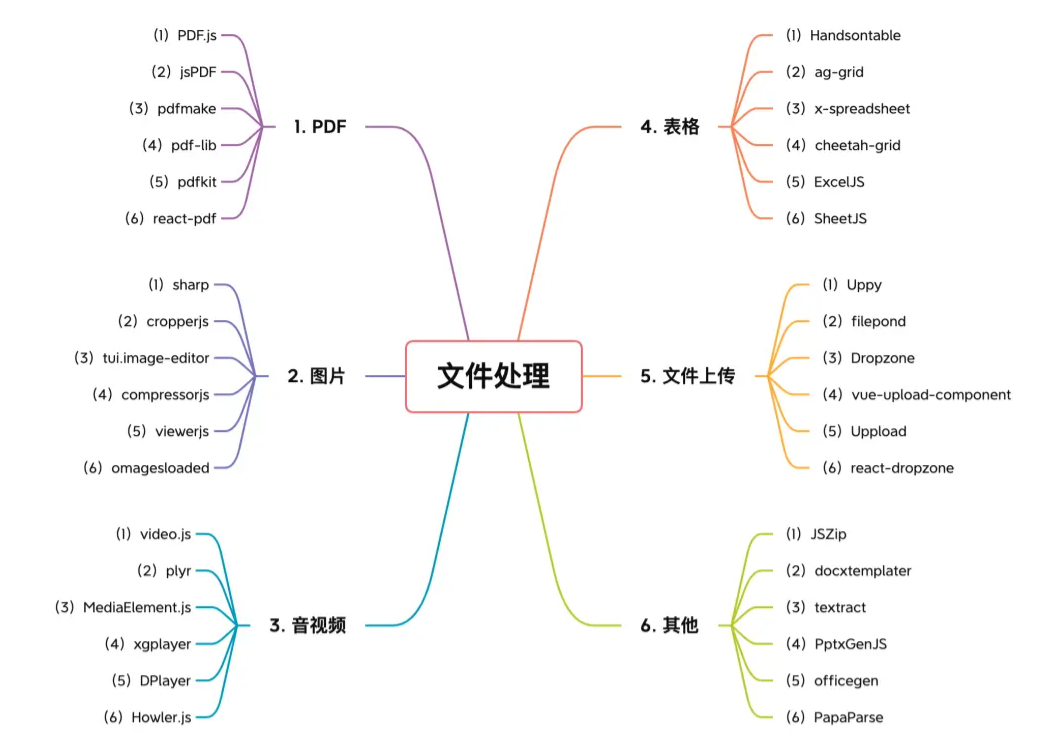 Web Front-end
Web Front-end JS Tutorial
JS Tutorial What is the difference between computed and methods in Vue.js? (with examples)
What is the difference between computed and methods in Vue.js? (with examples)The content of this article is about what is the difference between computed and methods in Vue.js? (With examples), it has certain reference value. Friends in need can refer to it. I hope it will be helpful to you.
It has been explained in the official documents. I will record my understanding here.
Usage scenarios of computed
For complex logical expressions in HTML templates, in order to prevent the logic from being too heavy and difficult to maintain, the relevant logic should be put into calculated attributes.
Such as this
<div id="root">
<p>Reversed message: "{{ message.split('').reverse().join('') }}"</p>
</div>In this place, the template is no longer simple declarative logic. Here is the flipped string that wants to display the variable message. Such expressions that contain complex logic processing should use calculated properties.
The difference between computed and methods
1. computed is an attribute call, while methods is a function call
This means that in HTML interpolation# The method defined by
##computed is called in the form of attribute access, such as {{reversedMessageComputed}}methodsThe method defined must be called by adding (), such as {{reversedNameMethod() }}, otherwise the following content will be rendered in the viewfunction () { [native code] }2. computed has a caching function, but methods are notHere Let me quote the official documentationComputed properties are cached based on their dependencies. They are only re-evaluated when related dependencies change.<!-- html -->
<div>
<p>Reversed message: "{{ reversedNameMethod() }}"</p>
<p>Reversed message: "{{ reversedMessageComputed }}"</p>
</div>
// javascript
var vm = new Vue({
el: '#root',
data: {
name: 'Alex',
message: 'Hello'
},
methods: {
reversedNameMethod: function () {
return this.name.split('').reverse().join('')
}
},
computed: {
// 计算属性的 getter
reversedMessageComputed: function () {
// `this` 指向 vm 实例
return this.message.split('').reverse().join('')
}
}
})In the above example, caching means that as long as the message has not changed, accessing the reversedMessageComputed calculated property multiple times will immediately return the previous calculation result without having to execute the function again. The reversedNameMethod() method will re-execute the function every time it is called. But at the same time, it is important to note that this also means that the following calculated properties will no longer be updated, because Date.now() is not a reactive dependency:
// javascript
computed: {
now: function () {
return Date.now()
}
}The value of now will be in the Vue instance It is generated upon transformation and never changes. In contrast, the calling method will always execute the function again whenever a re-render is triggered.
The above is the detailed content of What is the difference between computed and methods in Vue.js? (with examples). For more information, please follow other related articles on the PHP Chinese website!
 5个常见的JavaScript内存错误Aug 25, 2022 am 10:27 AM
5个常见的JavaScript内存错误Aug 25, 2022 am 10:27 AMJavaScript 不提供任何内存管理操作。相反,内存由 JavaScript VM 通过内存回收过程管理,该过程称为垃圾收集。
 Node.js 19正式发布,聊聊它的 6 大特性!Nov 16, 2022 pm 08:34 PM
Node.js 19正式发布,聊聊它的 6 大特性!Nov 16, 2022 pm 08:34 PMNode 19已正式发布,下面本篇文章就来带大家详解了解一下Node.js 19的 6 大特性,希望对大家有所帮助!
 实战:vscode中开发一个支持vue文件跳转到定义的插件Nov 16, 2022 pm 08:43 PM
实战:vscode中开发一个支持vue文件跳转到定义的插件Nov 16, 2022 pm 08:43 PMvscode自身是支持vue文件组件跳转到定义的,但是支持的力度是非常弱的。我们在vue-cli的配置的下,可以写很多灵活的用法,这样可以提升我们的生产效率。但是正是这些灵活的写法,导致了vscode自身提供的功能无法支持跳转到文件定义。为了兼容这些灵活的写法,提高工作效率,所以写了一个vscode支持vue文件跳转到定义的插件。
 聊聊如何选择一个最好的Node.js Docker镜像?Dec 13, 2022 pm 08:00 PM
聊聊如何选择一个最好的Node.js Docker镜像?Dec 13, 2022 pm 08:00 PM选择一个Node的Docker镜像看起来像是一件小事,但是镜像的大小和潜在漏洞可能会对你的CI/CD流程和安全造成重大的影响。那我们如何选择一个最好Node.js Docker镜像呢?
 【6大类】实用的前端处理文件的工具库,快来收藏吧!Jul 15, 2022 pm 02:58 PM
【6大类】实用的前端处理文件的工具库,快来收藏吧!Jul 15, 2022 pm 02:58 PM本篇文章给大家整理和分享几个前端文件处理相关的实用工具库,共分成6大类一一介绍给大家,希望对大家有所帮助。


Hot AI Tools

Undresser.AI Undress
AI-powered app for creating realistic nude photos

AI Clothes Remover
Online AI tool for removing clothes from photos.

Undress AI Tool
Undress images for free

Clothoff.io
AI clothes remover

AI Hentai Generator
Generate AI Hentai for free.

Hot Article

Hot Tools

PhpStorm Mac version
The latest (2018.2.1) professional PHP integrated development tool

SublimeText3 Mac version
God-level code editing software (SublimeText3)

mPDF
mPDF is a PHP library that can generate PDF files from UTF-8 encoded HTML. The original author, Ian Back, wrote mPDF to output PDF files "on the fly" from his website and handle different languages. It is slower than original scripts like HTML2FPDF and produces larger files when using Unicode fonts, but supports CSS styles etc. and has a lot of enhancements. Supports almost all languages, including RTL (Arabic and Hebrew) and CJK (Chinese, Japanese and Korean). Supports nested block-level elements (such as P, DIV),

Notepad++7.3.1
Easy-to-use and free code editor

Safe Exam Browser
Safe Exam Browser is a secure browser environment for taking online exams securely. This software turns any computer into a secure workstation. It controls access to any utility and prevents students from using unauthorized resources.








